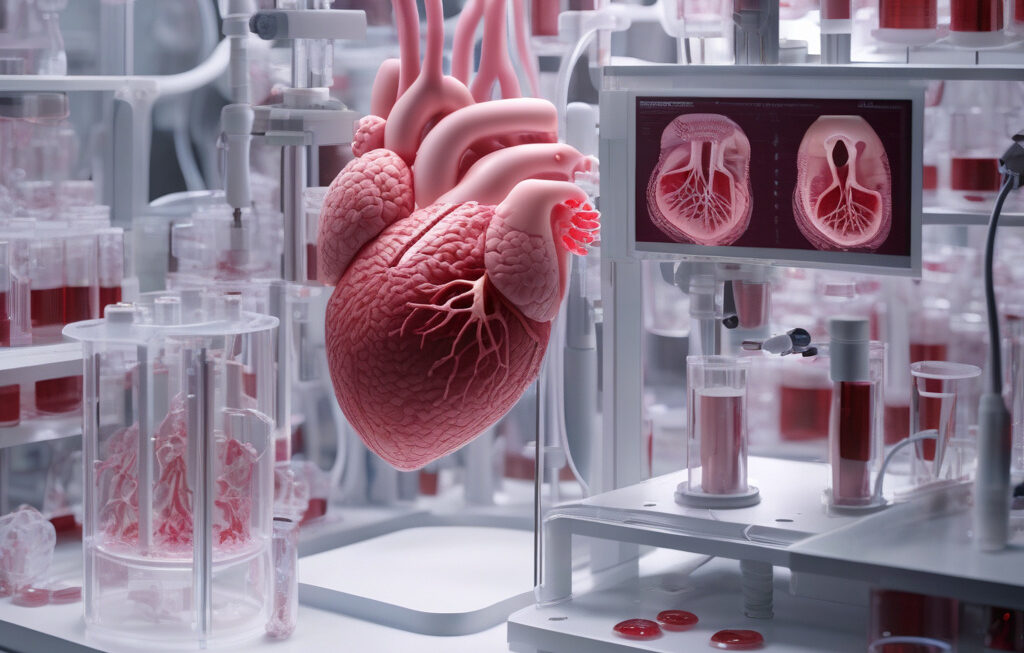UK Robot Dog Bravely Restarts Crane at Radioactive Waste Site
The UK has deployed a robot dog at a nuclear site to reactivate a dormant crane, showcasing the power of robotics in handling hazardous environments. This innovative approach marks a significant step forward in utilizing technology to overcome challenges in high-risk settings.
The robot dog, equipped with advanced sensors and artificial intelligence capabilities, was able to navigate through the radioactive surroundings with precision. Its mission was to restart a crane that had been out of operation due to the hazardous conditions at the site. This task would have been extremely risky for human workers, highlighting the importance of using robotics in such scenarios.
By leveraging the robot dog, authorities were able to avoid potential human exposure to dangerous levels of radiation. This not only prioritizes the safety of individuals but also demonstrates how technology can enhance efficiency and effectiveness in complex operations. The ability of the robot dog to withstand the nuclear environment and perform tasks that would be perilous for humans underlines the immense potential of robotics in safeguarding lives and advancing critical operations.
Furthermore, this successful deployment serves as a testament to the continuous evolution of technology in addressing real-world challenges. As industries increasingly turn to automation and robotics, the capabilities of machines are being pushed to new heights. The resilience and adaptability of the robot dog in the face of nuclear radiation exemplify the strides being made in harnessing technology for the greater good.
Moreover, this accomplishment underscores the importance of investing in innovation and research to develop solutions for unconventional problems. The collaboration between technology experts and nuclear specialists in deploying the robot dog highlights the value of interdisciplinary approaches in overcoming complex obstacles. By combining expertise from various fields, groundbreaking solutions can be achieved, setting new standards for problem-solving and efficiency.
In conclusion, the successful restart of the crane at the radioactive waste site by the UK robot dog signifies a remarkable achievement in the realm of robotics and technology. This pioneering feat not only demonstrates the potential of machines to navigate hazardous environments but also emphasizes the importance of leveraging innovation to ensure safety and productivity in high-risk settings. As we continue to witness the integration of technology in diverse sectors, such accomplishments pave the way for a future where robots play a crucial role in handling challenges that were once deemed insurmountable.
robotics, technology, nuclear site, innovation, safety












